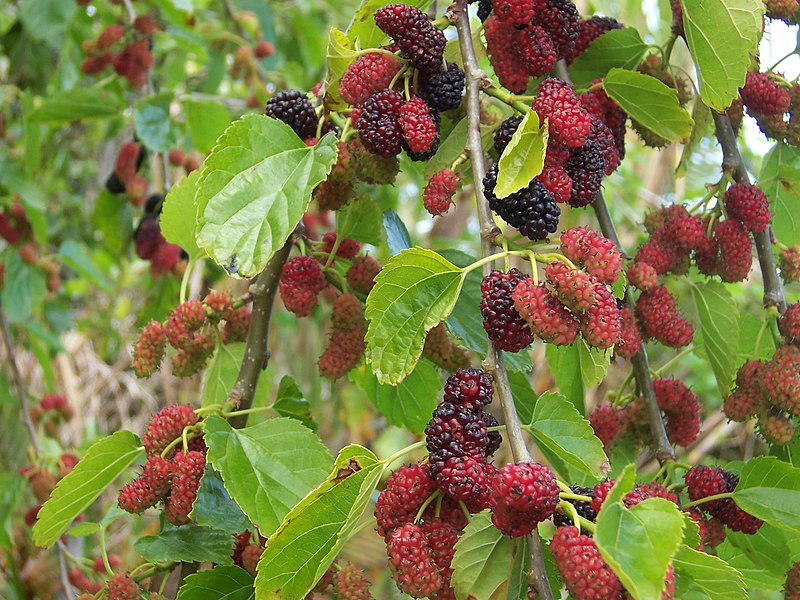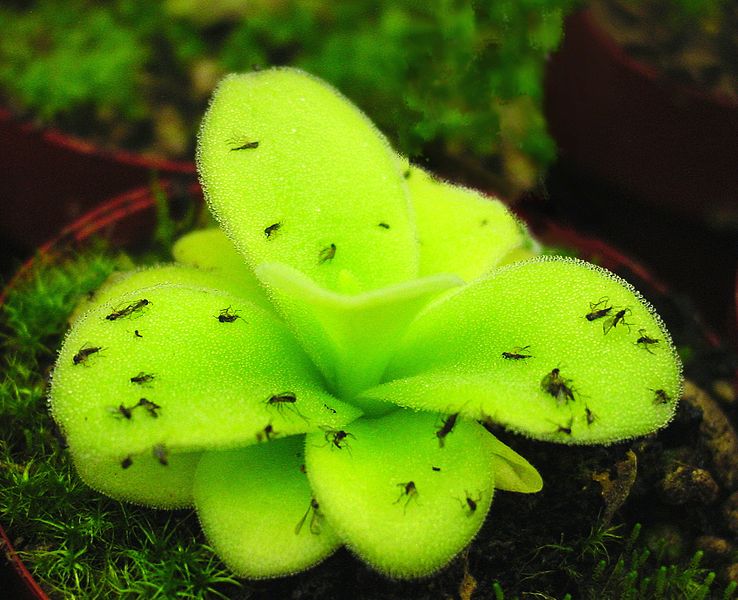 |
| Cordyline fruiticosa (Cabbage Palm) |
The strength of the leaves comes from the cellulose fibers, which are found in all leaves, but are especially thick in cabbage palm leaves. Chemically, cellulose, one of nature's strongest natural materials, is very similar to starch, one of the stickiest. Both are made of the sugar glucose, but with a slight difference. In starch the the glucose is arranged such that there's room for lots of water to surround it, which leads to its sticky nature. In cellulose the glucose is arranged such that long strings of the sugar bind to each other and exclude all water. This leads to a compact, highly stable, and very strong structure that per weight, is stronger than steel.






.jpg/220px-Tissot_The_Gathering_of_the_Manna_(color).jpg)

